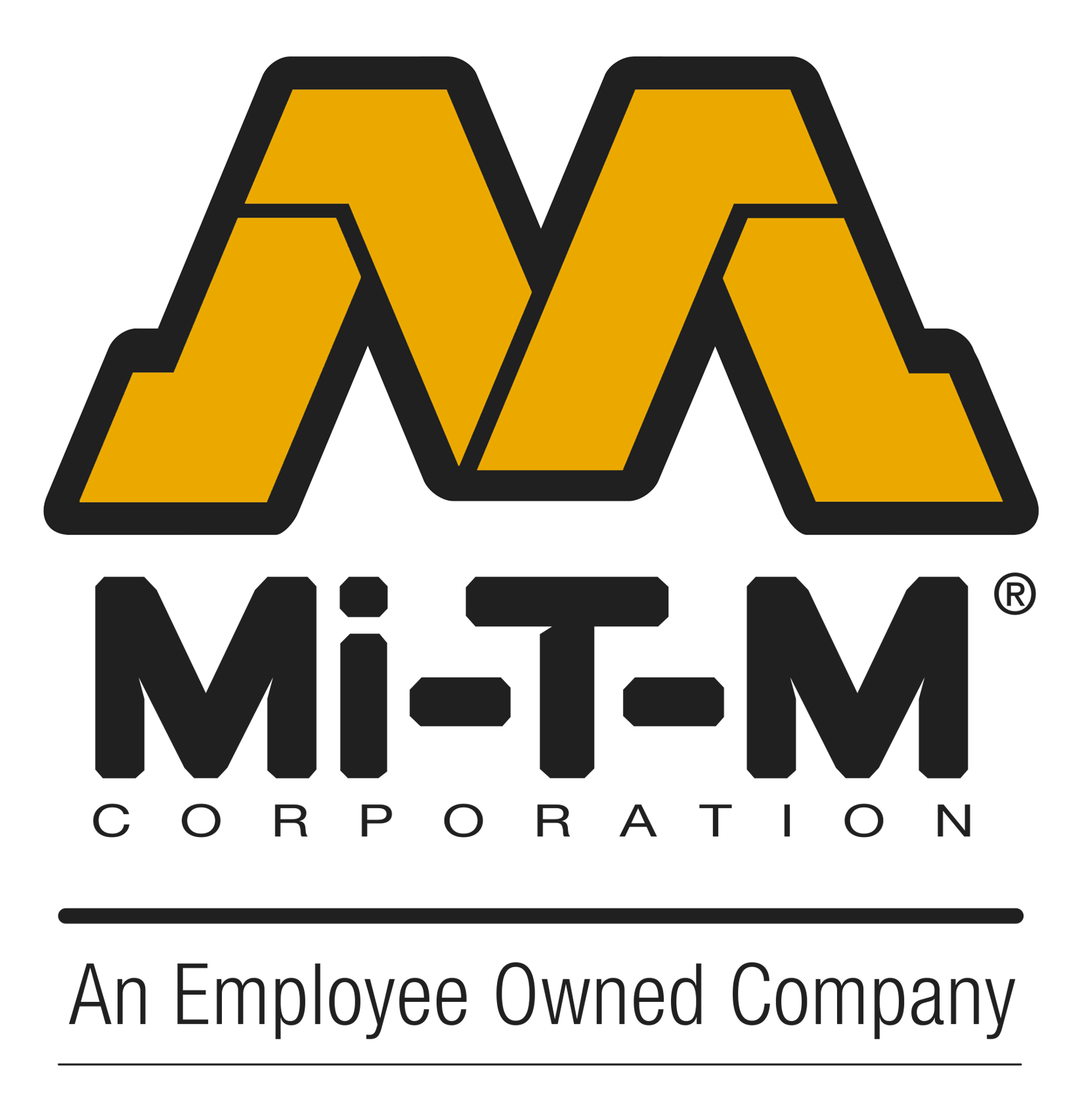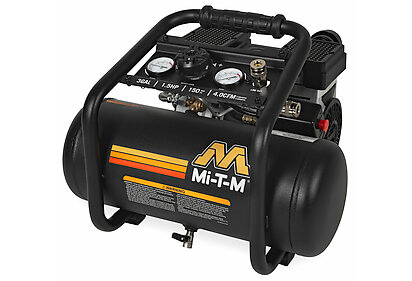The advantages are many and are summarized in the following list:
- Safety is one of the biggest advantages. Electrical shock potential is greatly reduced.
- Typically, pneumatic tools will weigh less than electric tools and make the tools more ergonomically friendly.
- Compressed air has more flexibility than electrical tools because the compressor can be made to be mobile. Either in the case of engine driven units or wheeled portables that can be moved around at the job site.
- Compressed air can be regulated which permits varying pressure range uses within one piping system.
- In almost all cases, the air tool's initial purchase cost is less than comparable electric or hydraulic tools.
- Compressed air distribution systems are easier and less costly to install than electrical grids and less demanding than hydraulic system lines. The compressed air system can be modified for multiple points of use.
- Air tools have less maintenance and down time than hydraulic tools. They also will not burn the air tool motor up like an electric tool could in low electrical voltage situations.
- Air tools run cooler because the expanded air dissipates the heat of operation as the air passes through the tool.
- Compressed air system leakage will not contaminate a work place
No, it does not. However after an install, you should power up the system from 0 to whatever the cut-off pressure is and check for any leaks that may be present.
In order to determine what size compressor will meet your requirements you need to establish how it will be used. For example, if you will be using it to power air tools, then you need to determine the CFM of each tool. There are many applications for air compressors. If you need help deciding which size is best for you, please contact Mi‑T‑M at 800-553-9053 and we will be happy to assist you.
Air pressure is determined by the highest minimum pressure requirement. For example, some tools consume more air than others. Tools such as pneumatic nail-guns and staplers consume smaller amounts of air, while air grinders and sprayers consume larger amounts. Most tools have an usage rating for CFM consumption at a recommended PSI. This can be found on the tool itself or in the owner's manual supplied by the tool manufacturer. Click here to view our Air Equipment Estimating Guide Link to Air Equipment Estimating Guide.
The notation CFM (Cubic Feet per Minute) refers to a volume of air produced by the air compressor at a given pressure or PSI (Pound per Square Inch). The right size air compressor will meet your needs in two essential areas: air flow (CFM) and pressure (PSI). It's important to get a compressor that meets your needs in both areas - otherwise you risk damage to both your tools and the compressor itself. Always use CFM and PSI specifications from the nameplate on the product.
On a single stage pump the air is compressed one time and stored in a receiver. A two stage pump compresses the air twice, once in the first cylinder and then a second time in a smaller cylinder which gives you a higher CFM.
A reciprocating compressor is a very flexible piece of equipment but some cautions must be taken for an installation site selection. Refer to the instruction manual that is supplied with each unit. Some things to consider:
- You need a level floor and vibration mounting pads are recommended
- The compressor should be installed in a well ventilated room.
- The compressor must have approximately a 24" clearance from the walls to allow for the designed air flow. This will also allow sufficient room for workmen to do normal scheduled maintenance.
- The discharge line into the air system should not be smaller than the compressor discharge port size.
- The shipping skid should NOT be used as part of the mounting base
No, this is not recommended as the compressor unit must not come in direct contact with the elements. The best practice is to either put a lean-to over the unit or install it in a small building. If installed under a lean-to, we recommend a TEFC motor and NEMA 12 electrical enclosures. Also, when necessary cold weather protection for the oil and other lubricants is recommended.
Install a pressure regulator that can be set for the required air pressure of the tool.
There are a couple of things that could cause this:
- The compressor may be running to pump the tank up to set the cut out air pressure rating. IE 175 PSIG.
- The compressor controls may be set for continuous run operation where the compressor will unload but not shut down. Change the switch control for a start stop operation cycle.
- The pressure switch may be bad and needs to be replaced, repaired or adjusted.
- There may be air system leaks that are creating an artificial demand for air and the air compressor is trying to overcome the air pressure loss caused by leaks.
Yes, the higher air pressure will increase the amount of stored air. At 175 PSIG an 80 gallon tank will store 127 cu. ft. of air. The same 80 gallon tank at 100 PSIG will store only 73 cu. ft. of air.
No, this is not up to the approved code for compressed air systems. The PVC is an oil based product and it does not react properly to heat, vibrations and oil vapor that is carried in the air compressor discharge air. The PVC is prone to bursting under the normal air pressure and unit operations. Consult your local building inspector for piping recommendations.
We recommend using non detergent oils that has been formulated for use in reciprocating compressors. DO NOT USE DETERGENT OILS in the compressor. The detergent oils will foam and cause excessive oil carryover past the piston rings and will not provide the required lubricity for the moving parts.
Install an automatic tank drain that is either air actuated, electronically actuated or timed sequence actuated.
For a Reciprocating air compressor, generally you would change the oil and the air filter approximately every 3 months. For a more accurate time frame, contact Mi‑T‑M at 800-553-9053 with your air compressor model number and we will help you find the recommended schedule for your compressor.
Starter
The starter is a magnetic device that induces electricity into the motor windings to energize them for work. The starter gets its signal from the pressure switch.
Pressure Switch
It measures the cut in and cut out pressure bands for the compressor start and stop settings and either turns the motor on or off as needed.
After Cooler
An after cooler is a device that uses air flow to cool the compressor discharge air temperature prior to being put into the tank for storage. This cooling function will drop out moisture that is in the compressed air.

 Accessories
Accessories
 Pressure Washers
Pressure Washers
 Air Compressors
Air Compressors
 Generators
Generators
 Air Compressor Generators
Air Compressor Generators
 Air Compressor / Generator / Welders
Air Compressor / Generator / Welders
 Portable Heaters
Portable Heaters
 Water Treatment Systems
Water Treatment Systems
 Trailers
Trailers
 Water Pumps
Water Pumps
 Wet / Dry Vacuums
Wet / Dry Vacuums
 All Residential Products
All Residential Products
 All Commercial Products
All Commercial Products
 Pressure Washers
Pressure Washers
 Generators
Generators
 Air Compressors
Air Compressors
 Custom Fire Pits
Custom Fire Pits
 Portable Heaters
Portable Heaters




